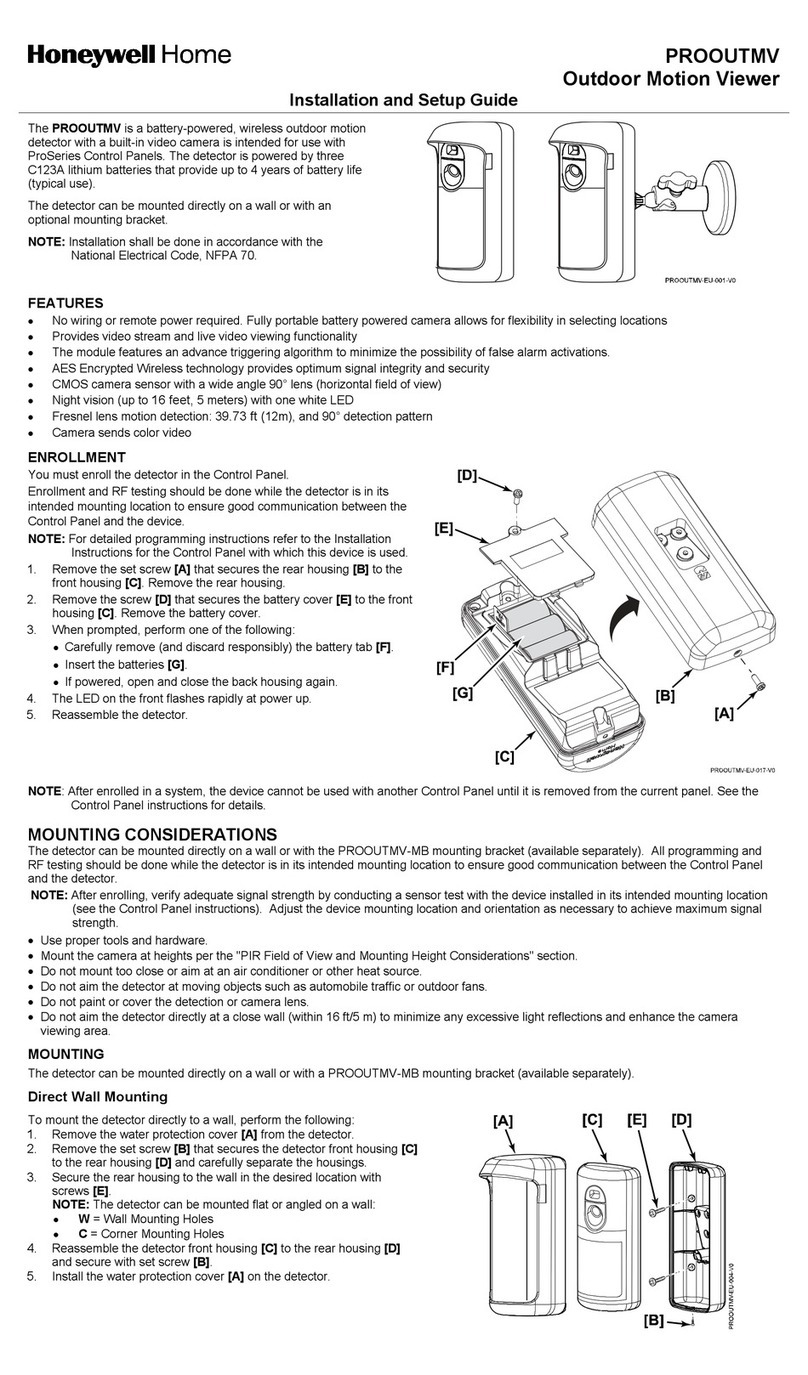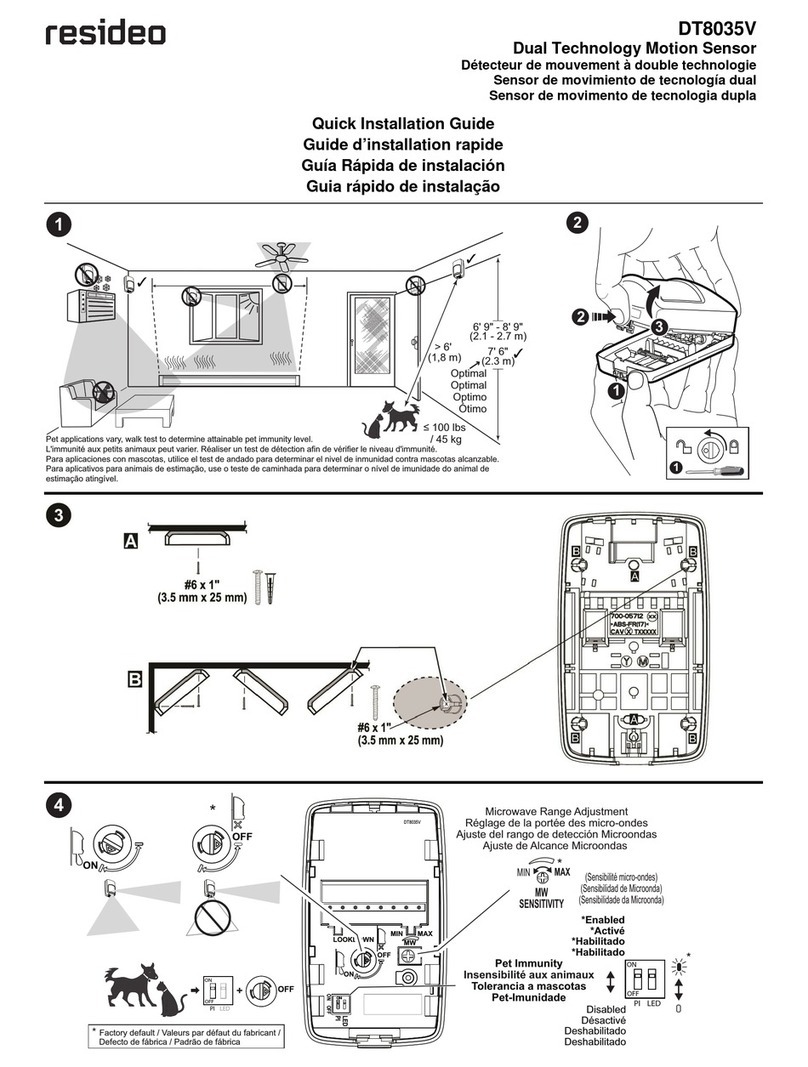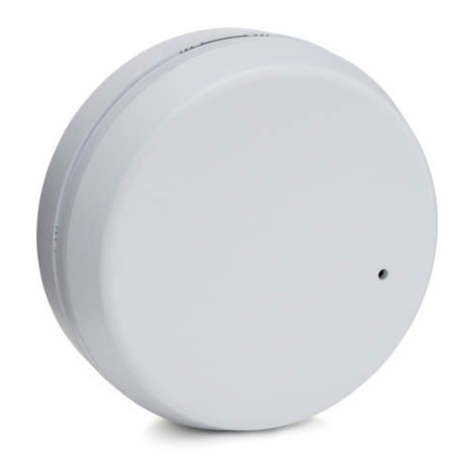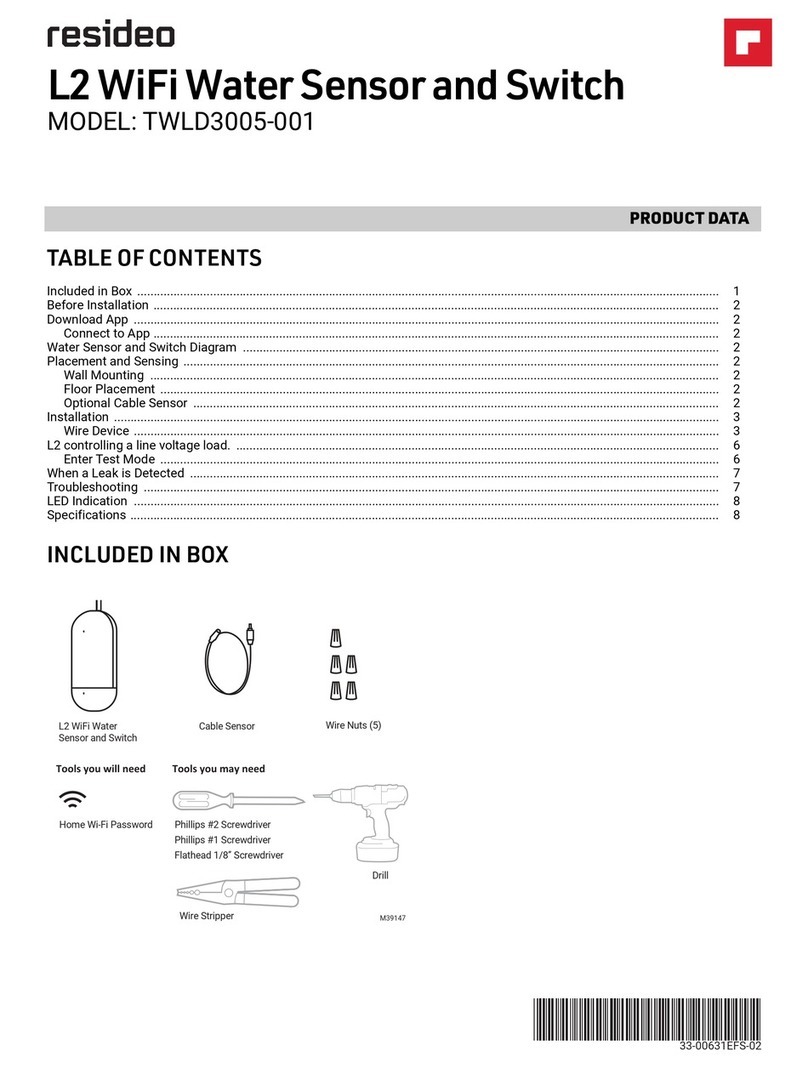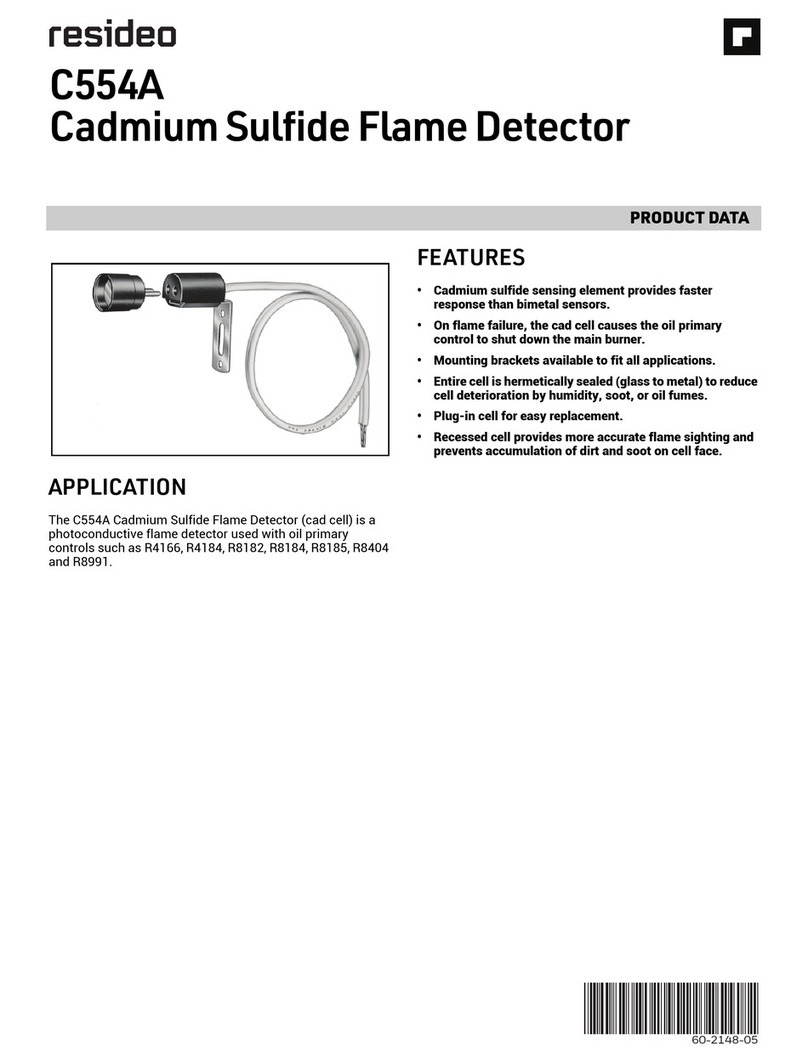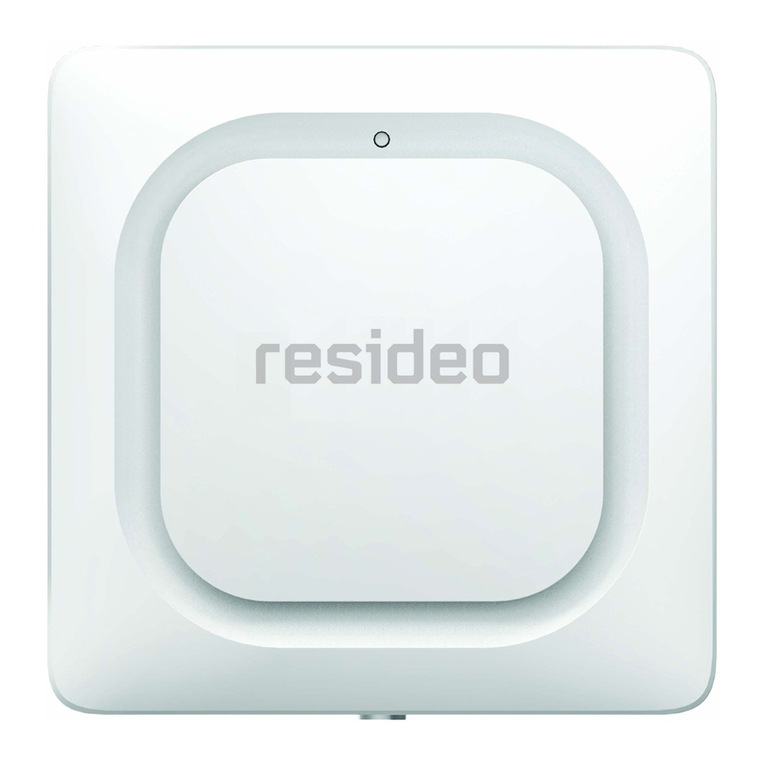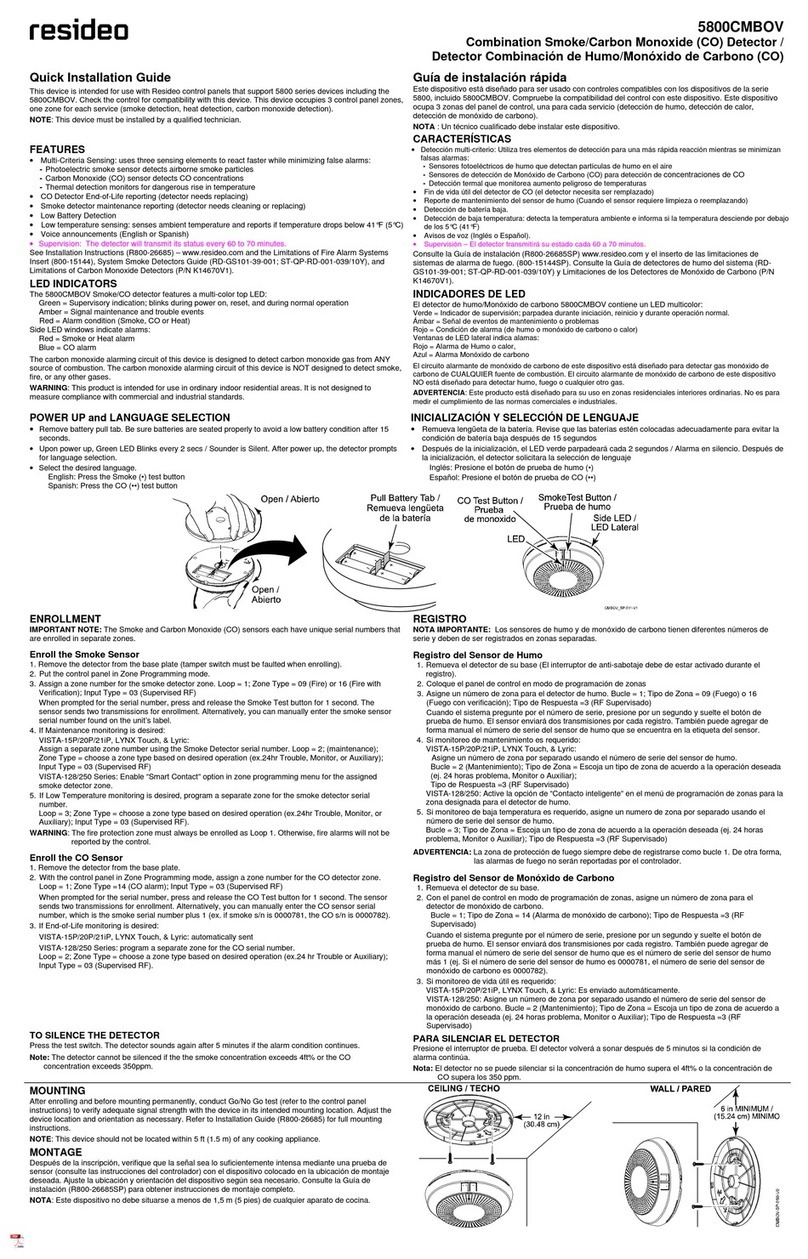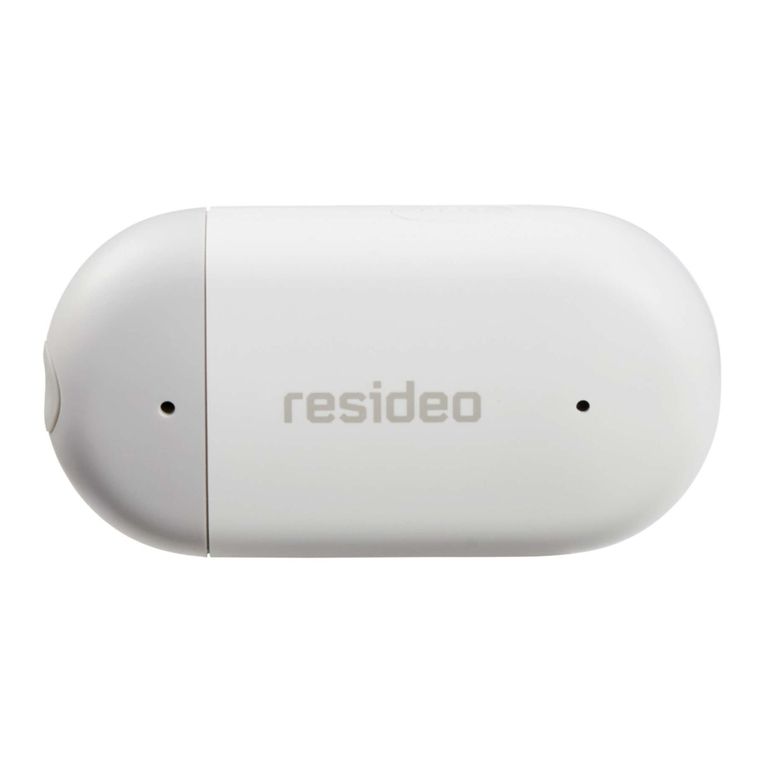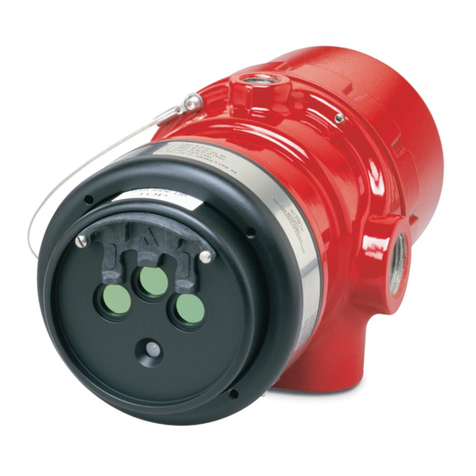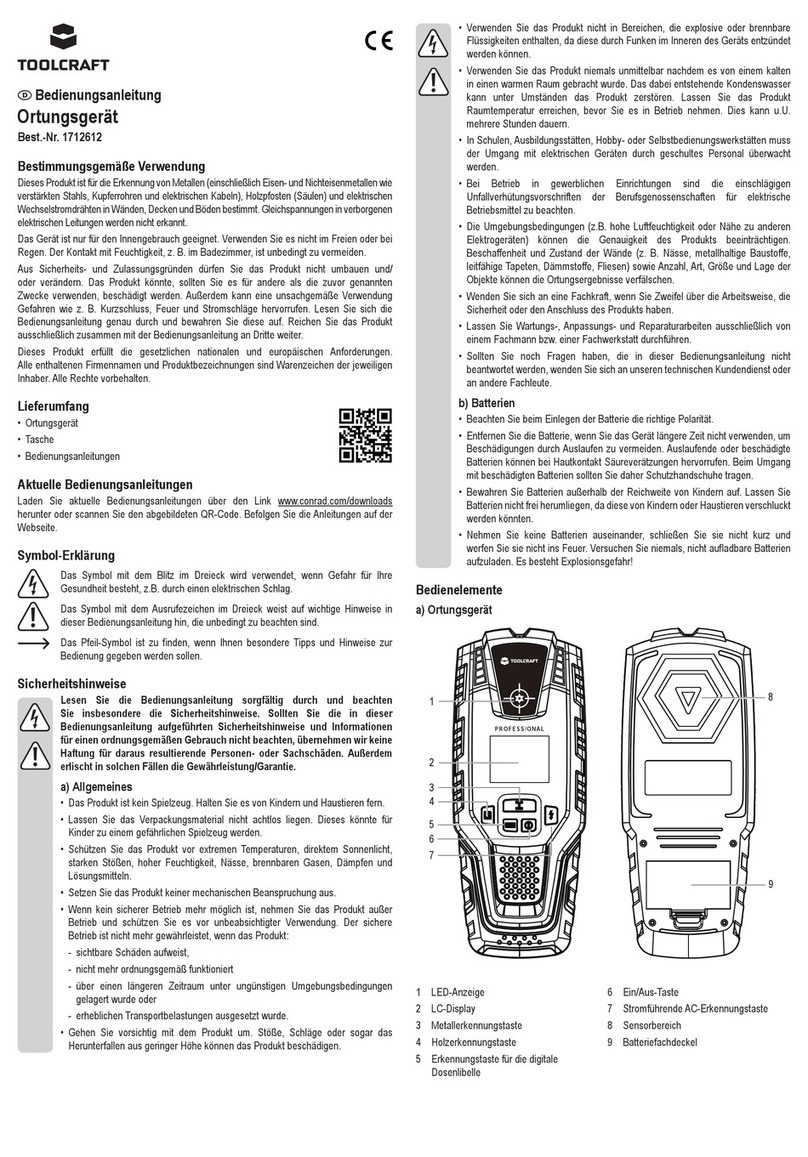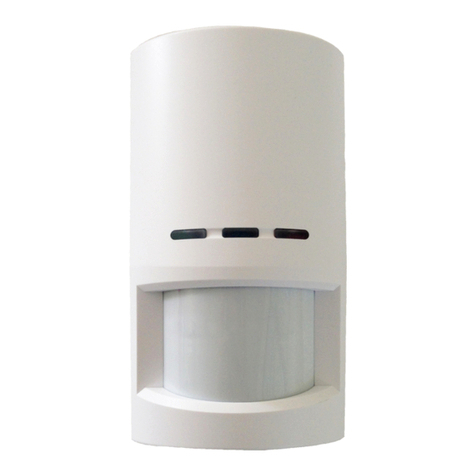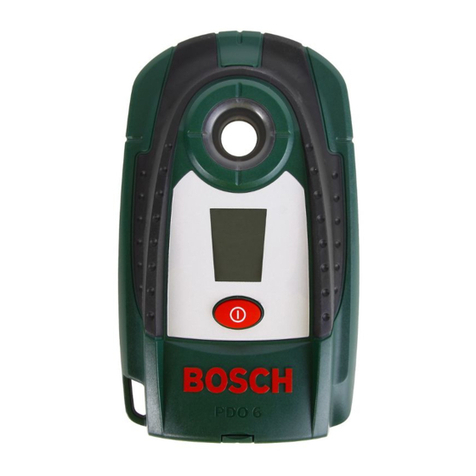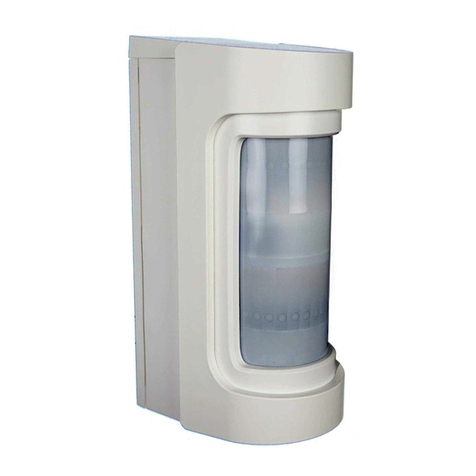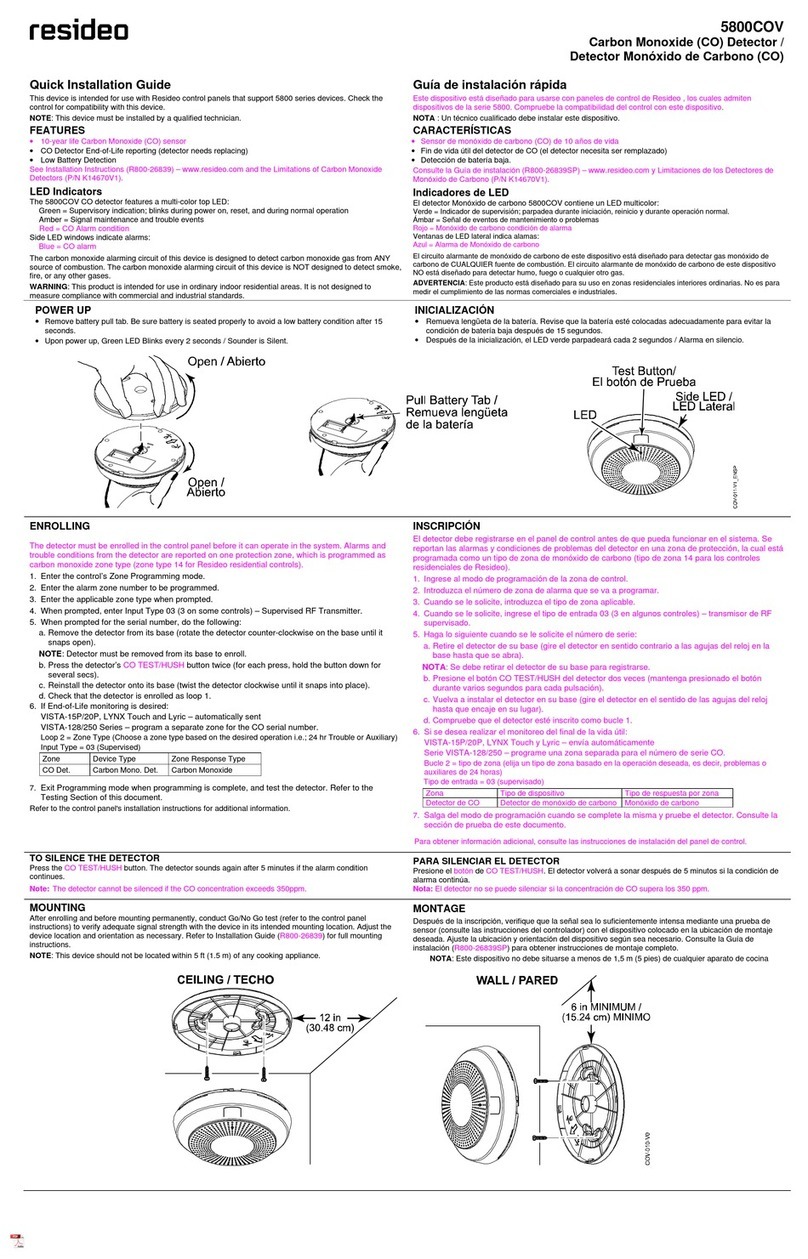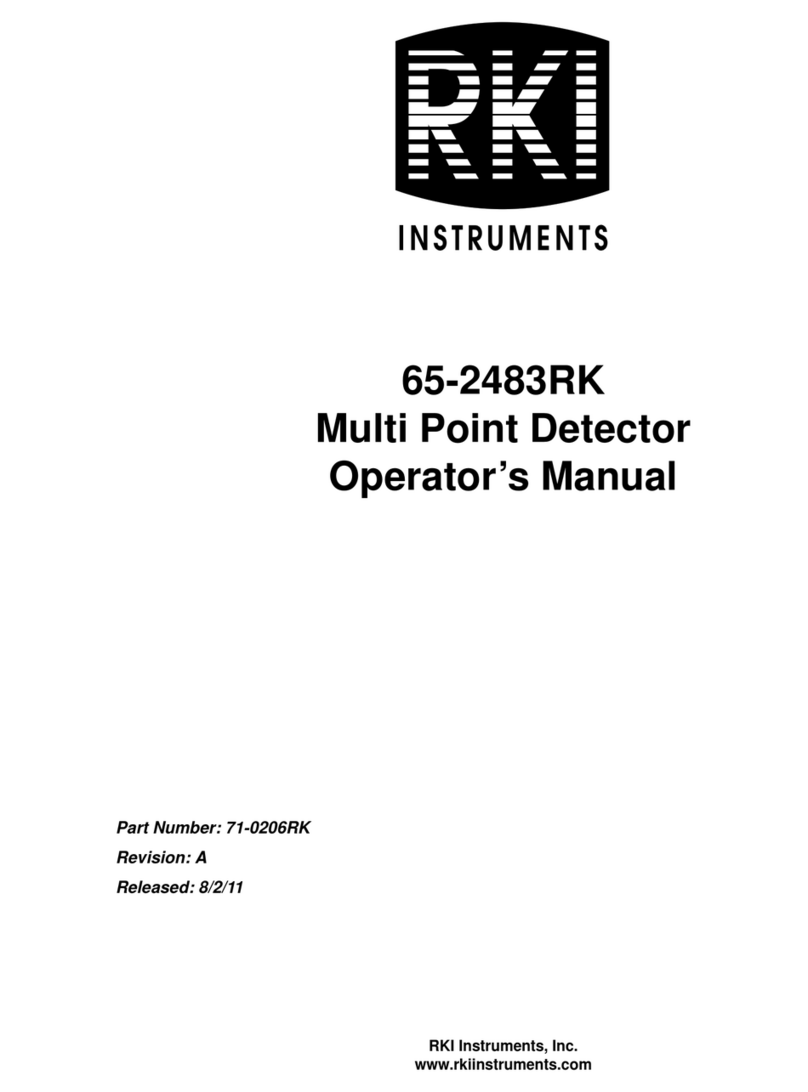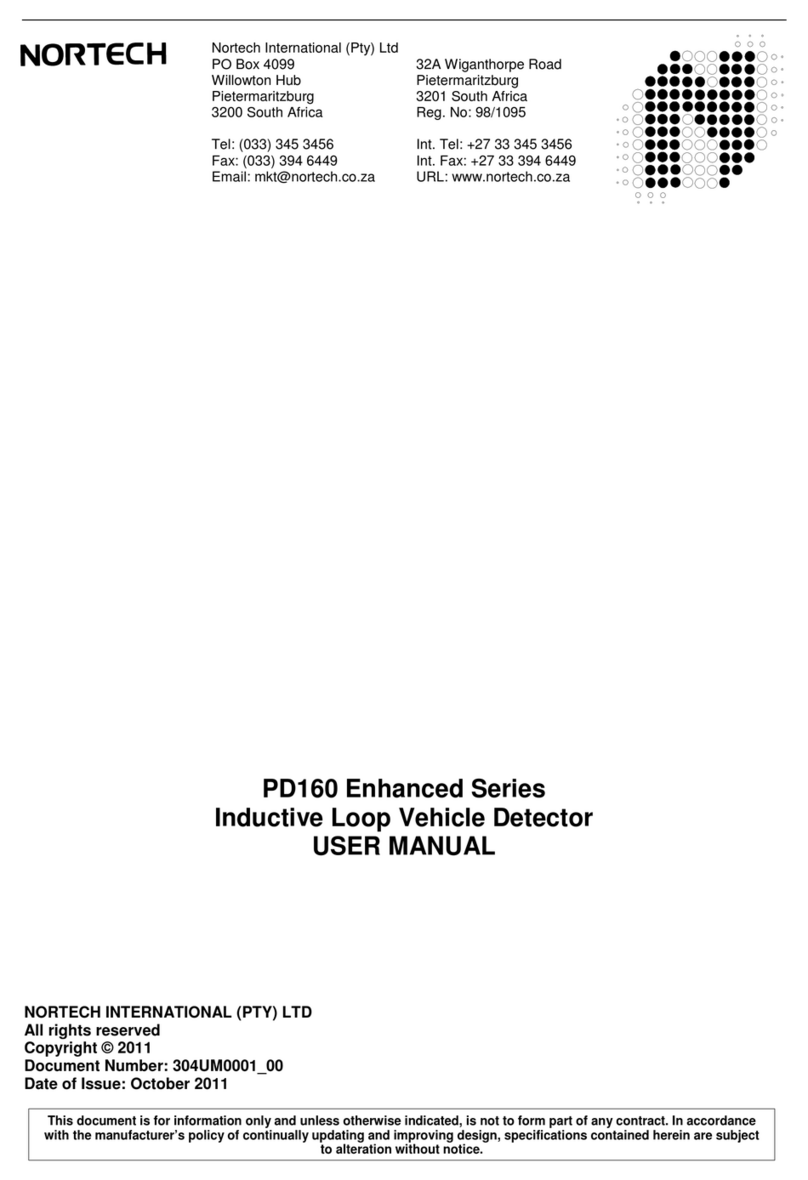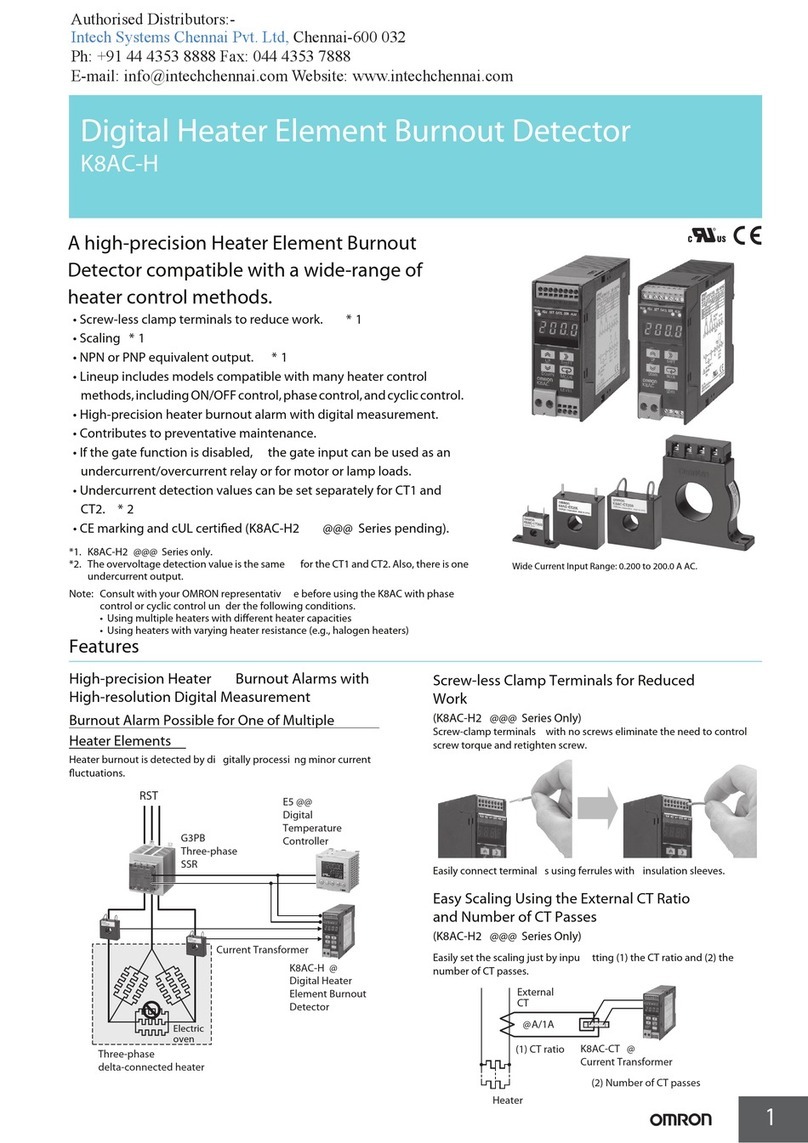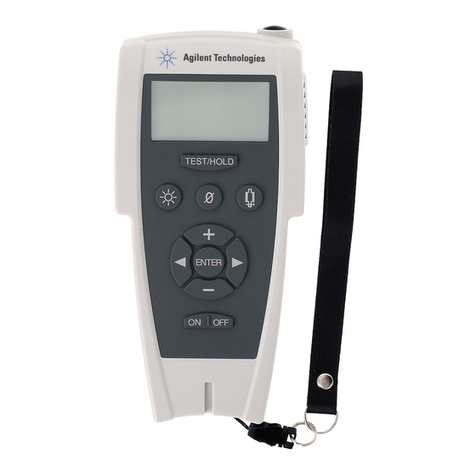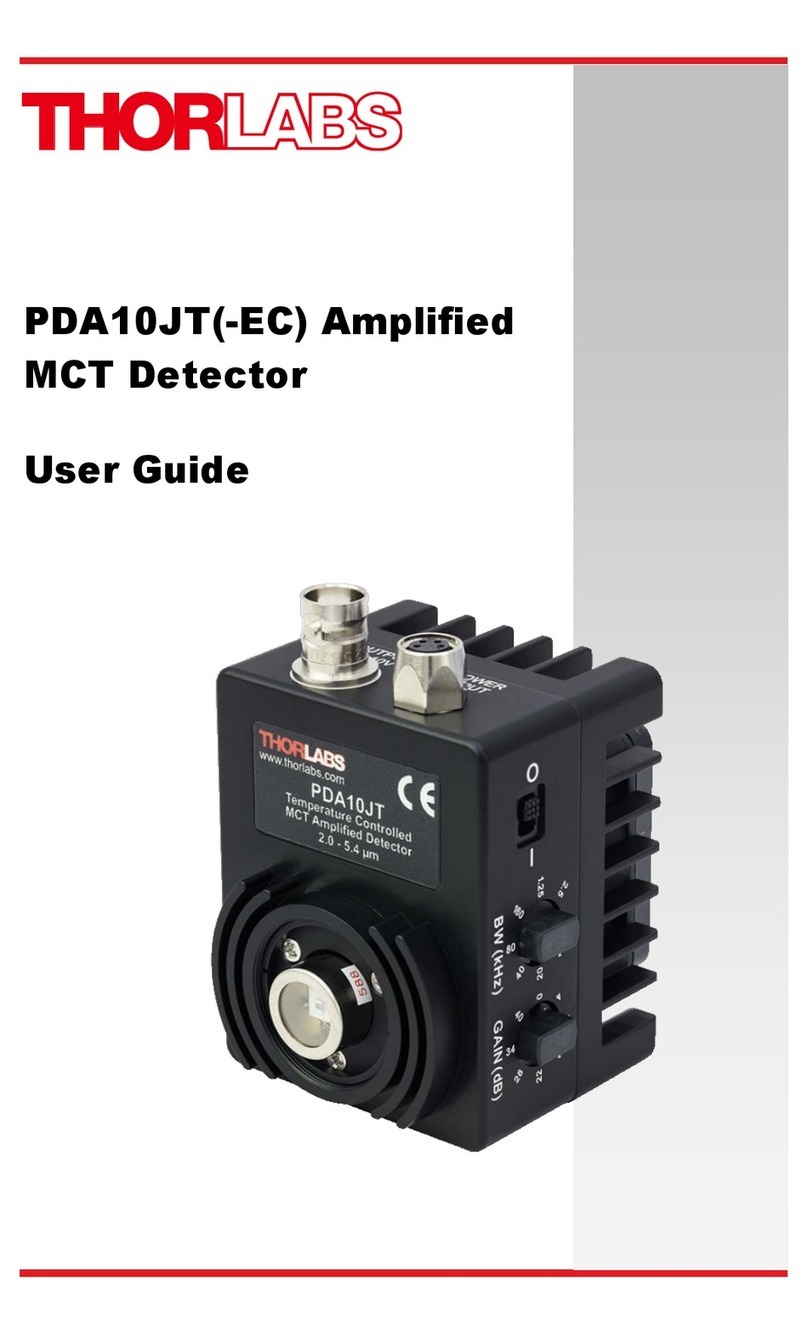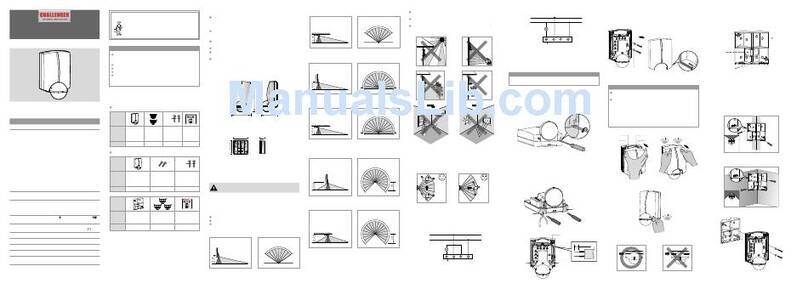
®
Dual Technology Glassbreak Detector
Installation Instructions
Model FG-730
30’ range
The FG-730 is a dual technology glassbreak detector that uses
flex detection and audio discrimination to detect breaking glass.
The flex and audio technologies are sensitive to different
frequencies. The flex technology is sensitive to ultra low
frequencies, the type generated by a blow to a glass window. The
audio technology detects the frequency of breaking glass.
The audio technology remains off until the flex technology
detects a blow to the glass. For an alarm condition to occur, the
audio must detect the frequency of breaking glass within a
defined time-window after the flex detects a blow to the glass.
Because both technologies must detect and verify glass
breakage, false alarms are virtually eliminated.
•Dual flex/audio technology
Low 10 - 14 VDC operation
•Low 25 mA at 12 VDC
current draw
•No adjustment on audio
•Adjustment on flex
detection to fit
characteristics of each
location
•Alarm memory
•
Indicator LEDs
•Energized form C alarm
relay
•Circuit protection
•Cover tamper switch
•Noise burst rejection circuit
•RFI immunity
•UL listed
MOUNTING LOCATION
•The unit must have a direct line of sight to, and a clear view
of, the protected glass.
•Locate the FG-730 within 30' (9 m) of the glass to be
protected.
•Curtains, blinds, and other window coverings will absorb
energy from breaking glass. Heavy curtains, for example, will
effectively block the sound signal. In these cases, mount the unit
on the window frame behind the window covering, or above the
window. Make sure to test the unit thoroughly for proper
detection.
•Do not mount the unit in front of air ducts or forced air fans, or
close to bells measuring 2" (5 cm) or larger in diameter.
MOUNTING PROCEDURE
Orient the unit as shown in Figure 1. Remove the screw located
at its top. While depressing the latch near the top of the unit, swing
the front cover forward. Use the back cover as a template to mark
holes for the mounting screws and wiring, then drill the holes.
Note: If you plan to corner-mount the unit, remove the printed
circuit board before marking and drilling holes for the
mounting screws.
Pull the wiring into the unit through the back cover. Using the two
mounting screws, mount the rear housing at the desired
location.
WIRING
Observing the proper polarity, wire the unit as shown in Figure 2
(use 22 to 14 AWG). Reverse-polarity connections will not
damage the unit.
FLEX ADJUSTMENT
To adjust the flex technology: Use a screwdriver to set the flex
sensitivity control (R5) at MAXIMUM by turning it all the way
clockwise. Refer to Figure 3 on the back side of this page.
Turn on any heating/air conditioning system in the vicinity and
observe the yellow flex LED (DS2) for approximately one minute.
Excessive subsonic (inaudible) noise typically produced by air
handling systems may cause the flex LED to flash randomly.
If it flashes randomly, turn the R5 control counterclockwise just
until the flashing stops.
TESTING THE FG-730
Use the FG-701 Glassbreak Simulator to test the FG-730
detector. The FG- 700 may also be used.
Activate the simulator in MANual mode at the farthest point of
the glassto be protected (30' maximum). If the green LED (DS1)
on the detector flashes, the audio technology will detect
breaking glass at that distance.
Test the flex technology by carefully striking the glass with a
cushioned tool. If the yellow LED on the detector flashes, the flex
technology will be sensitive enough to detect a blow to the glass
at that distance.
FG-730-002-V0
REAR HOUSING
Knockouts
For corner mounting
(score and pull flap open)
For surface mounting
After removing screw at top of
unit, depress this latch to open
housing
FRONT HOUSING
FG-730-003-V0
NC
NO
NC
C
C
V+
V -
Form A (NC)
50 mA, 30 VDC
Tamper
10 - 14 VDC
25 mA, 12 VDC
Power
Form C
500 mA max, 30 VDC max,
30 VA max
Alarm
